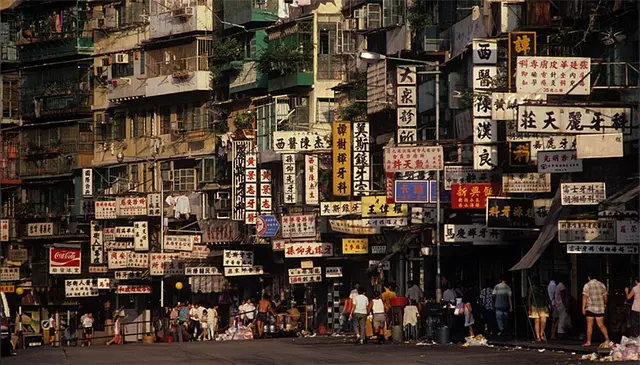In 2009, a video-game arcade that recreated the milieu of the notorious Kowloon Walled City opened in a suburban Tokyo warehouse. Artefacts salvaged nearly a decade after the demolition of the notorious housing estate - postboxes, frayed posters, fluorescent signboards, birdcages, electric fans, period calendars - lent the arcade an air of authenticity.
And it seems the Japanese cannot get enough of our most famous den of iniquity; since the early 1990s, three books about the walled city have been published in the language, documenting nearly a century of lawless existence. (This is astounding considering the first Chinese-language book about the estate came out only last year, by Joint Publishing, and that was a translation of the expanded English photography bookCity of Darkness: Revisited, by Greg Girard and Ian Lambot.)
In one, titledLarge-scale Illustrated Kowloon City, a complete cross-sectional map on a five-page spread was published by a team that styled itself the Kowloon City Explorers. Led by cultural anthropologist Hiroaki Kani during his brief stint at Chinese University, in the 1990s, the explorers were a group of Japanese architects, engineers and city planners who traced the walled city's development from its origins, in 1898.
Along with those who remained of the estimated 40,000 residents, photographer Shintaro Nakamura was there to bear witness to the last days of the labyrinthine concrete slum before its complete demolition, in spring 1994. His portfolio resulted inKowloon's Last the Complete, a photography book in colour.
Alas, all of the titles are out of print, as a visit to the flagship Kinokuniya Bookstore, in Shinjuku, reveals. Even copies ofKau Lung Shing Chai, a book of black-and-white pictures shot in 1992 by Ryuji Miyamoto, cannot be found at second-hand bookstores.
Nevertheless, people in the Japanese capital seeking to indulge their fascination with an estate that, in the words ofTime Out Tokyo, "fostered not only crime and claustrophobia but also enduring bonds among its people and interest from architecture and sociology buffs the world over", can do so at Shinagawa's Canon Gallery S, where 50 photos from the Miyamoto book will be exhibited until July 4.
(SOUTH CHINA MORNING POST)
 简体中文
简体中文





